Unexpected breeding behaviour of zebra finches
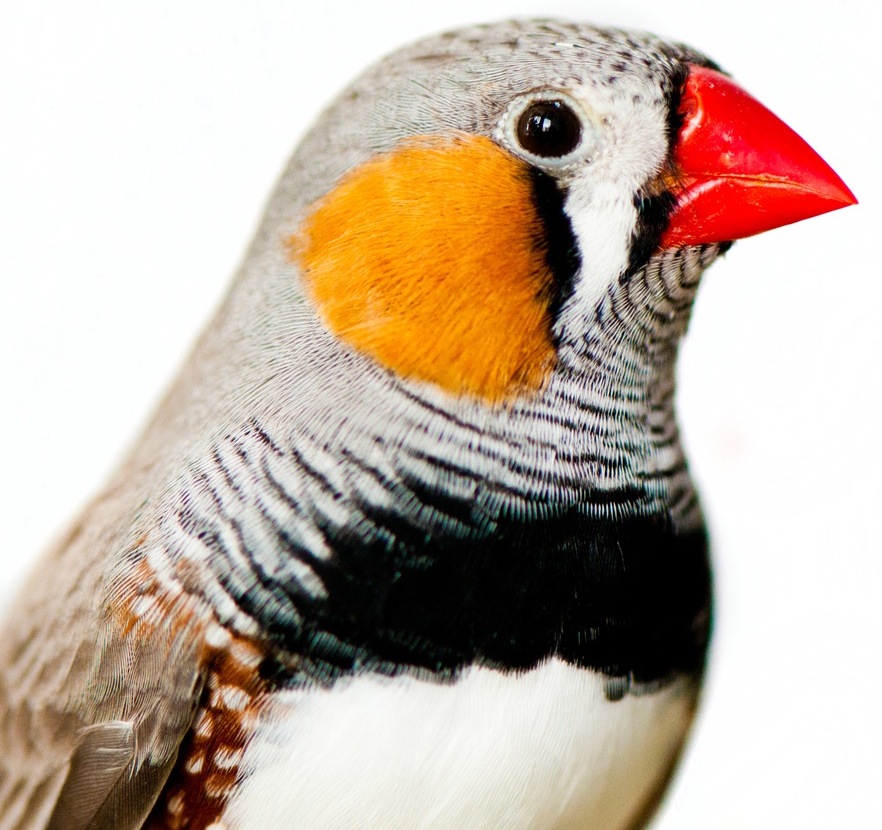
One of the main reasons that exhibition birds in general are bred in cages is simply that the parentage of the resulting youngsters can be guaranteed. In a flight of course, there is plenty of scope for cock birds to mate with other members of the group, rather than just their own partner. This in turn means that the offspring may in effect be stepbrothers or sisters under these circumstances.
When it comes to birds' breeding habits, everyone knows about the cuckoo, and the way that hen cuckoos always lay their eggs in the nests of other birds for them to rear, as seen here, with a cuckoo chick having taken over the nest of a redstart.
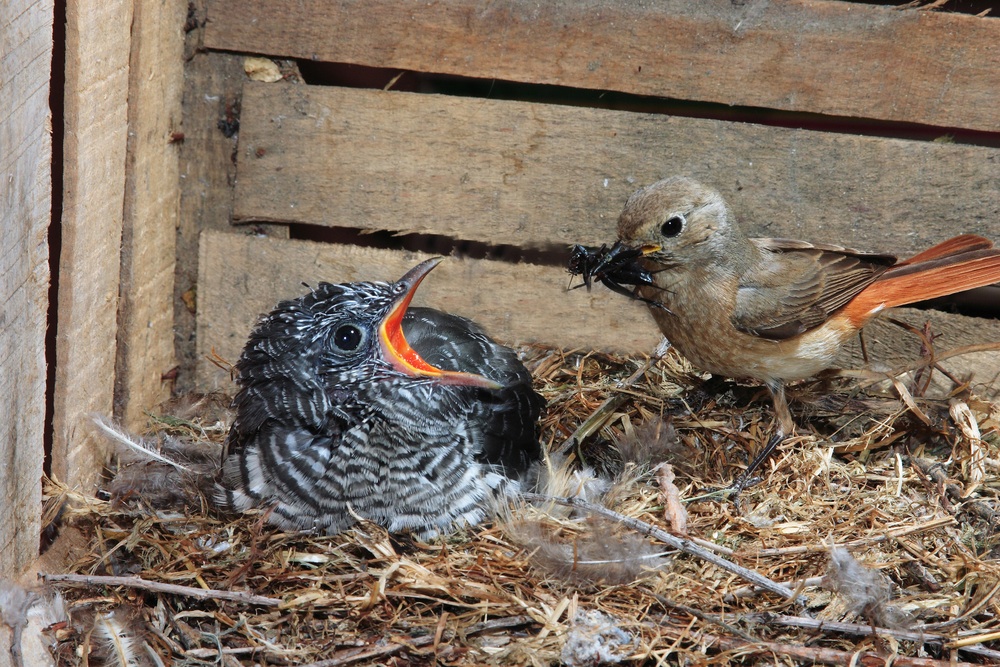
But the cuckoo is not alone. What is less well-known is the fact that some whydahs display similar signs of nest parasitism, as this behaviour is called. Certain species may lay in the nests of waxbills, while some prove to be both parasitic, and yet also rear their own young on occasions too.
It is now also clear that young zebra finches reared in aviaries may sometimes have no genetic ties to the pairs that rear them. Studies on this species, carried out by the Max Planck Institute for Ornithology, have revealed that it is not just random matings with males that can influence the parentage of the young in a nest. Unknown to many breeders, these finches also display a degree of brood parasitism.
Research has showed that in a typical aviary of breeding zebra finches, one egg in 20 is not actually produced by the pair that incubates and hatches it. Furthermore, although certain hens have a habit of laying in the nests of others, this did not stop them from rearing their own chicks too. In fact, none of these female zebra finches in the study was entirely parasitic in its breeding habits.
Timing is critical
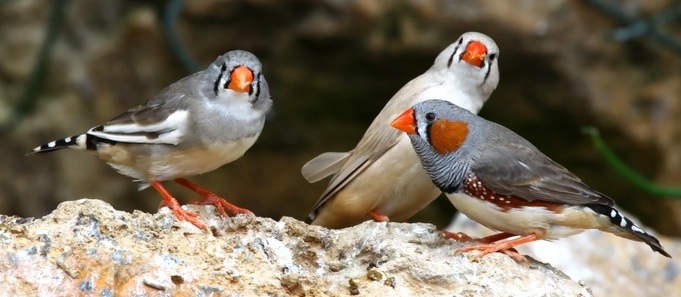
Cock zebra finch and two hensThere is actually a very short period in which female zebra finches can lay in the nests of their companions. If this occurs too early, then the chances are that the egg may be ignored, gets chilled and fails to hatch. The researchers also found, though, that there was little chance of the parasitic female laying in an occupied nest once the female resident there had completed her clutch, simply because the eggs were kept covered, and she would not be able to gain easy access.
v The parasitic egg-laying behaviour was always carried out surreptitiously. There was never a case observed where the female would force her way into the nest and drive off the sitting bird, so she could add an egg to those already there. Typically, having laid in another nest, the female would then start to produce her own clutch, and breed as normal.
Interestingly, it was usually the same females that always bred in this way though - it was not a behaviour seen in all female zebra finches. The chances are that you would be unaware of this behaviour yourself, unless you were watching the birds in the flight throughout the day.
Seen in the wild
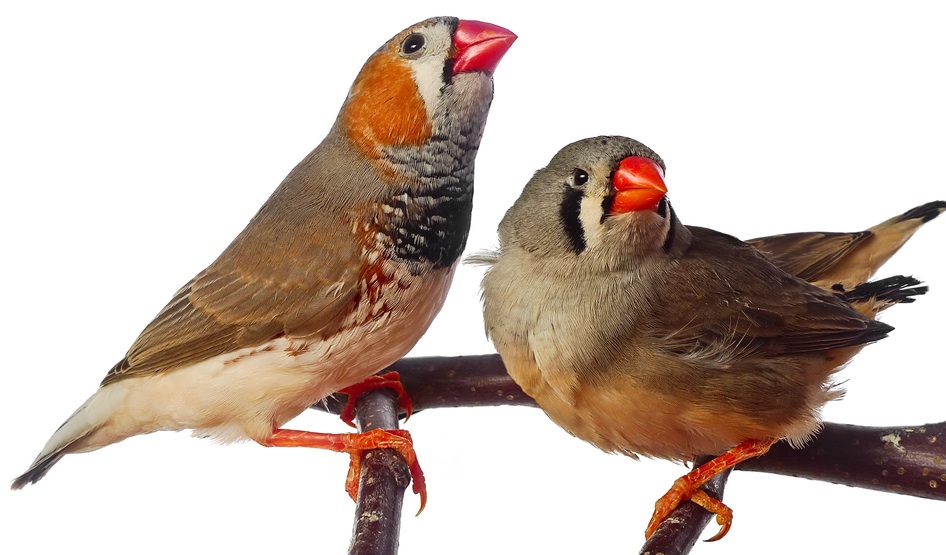
What is particularly interesting is that this behaviour is a well-established part of the breeding behaviour of zebra finches, having been recorded in the wild as well. Yet it is unclear as to exactly why this behaviour has developed.
It clearly enhances the likelihood of genes of birds that behave in this way surviving within the group. The end result, though, is that this more subtle strategy is better than that of the cuckoo itself.
A typical female cuckoo will lay more eggs than normal, but in reality, only a third of them are likely to give rise to chicks that are reared to the point of fledging by their foster parents. The chances of eggs laid in the nests of other zebra finches by parasitic female zebra finches giving rise to youngsters that fledge successfully will be significantly higher.
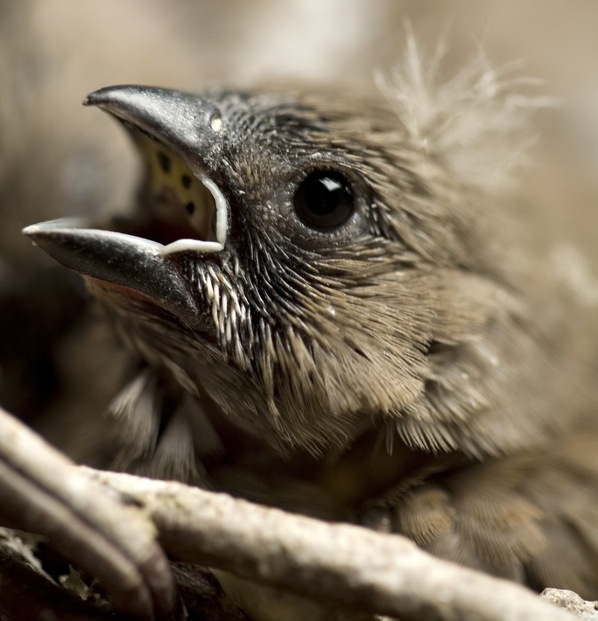
The incidence of this behaviour is relatively common as well, with one in five nests being affected. It is well-worth bearing in mind as an explanation therefore, particularly if a breeding pair of a particular colour produces a chick that simply does not fit with the predicted genetics of the mutation concerned.
It is not a question of thinking it was the result of the hen mating with a different cock bird - the chances are that another hen laid in the nest. This discovery simply provides further confirmation that if you are particularly keen to breed a pair of birds together, the only way to do so with certainty as far as the parentage of the offspring is concerned will be to use a breeding cage for this purpose.